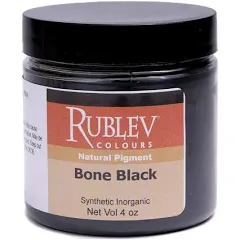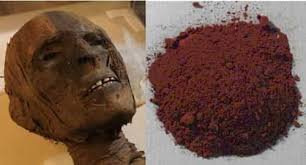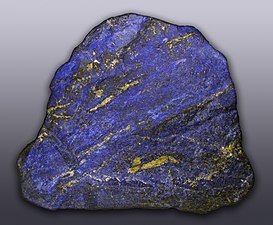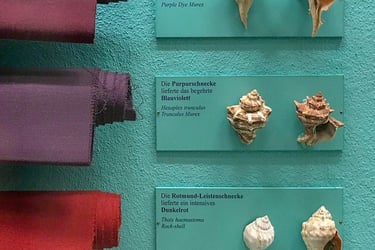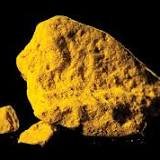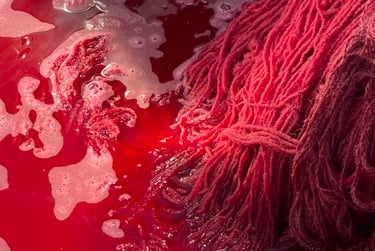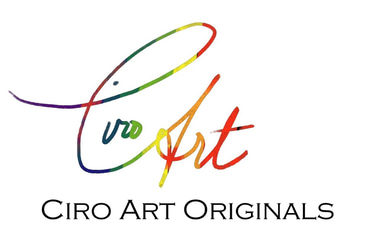Colorful Stories
3 min read


Colorful Stories
I love reading about color. My fascination with color began when I went to the art store to choose from a multitude of colors and brands for my first art project. I had some understanding of the physics of light but I was more interested in the history of colors and how pigments were obtained.
Cave drawings were painted 40,000 years ago, using earth pigments ,minerals, animal fat and charcoal . Blacks were made from burning bones. Leonardo didn’t just go to Michael’s to buy a tube of paint. Artist studios were part chemistry labs. Artist had to make their own pigments and supplies. A vivid imagination can run wild .
Thankfully, paints are now synthetic and commercially made.
Asphaltum , a dark brown pigment, was used by the Romans and in many paintings is the 18 th century in place of black. It was obtained in Egypt by grinding up mummies. Weird right!
I bought a tube of Indian Yellow last month. The pigment was first used in India for art and textile dyes . It was made by feeding cattle only mango leaves. The cows urine, containing high levels of pigment was collected by special devices, dried , and distributed to the markets by farmers. This practice was outlawed in India in 1908 as it was inhumane treatment of the cows. In case you’re wondering … I did smell my Indian yellow paint and it did not smell like urine.
Ultramarine blue was one of the earliest and most expensive blue pigments used in the Renaissance. It was obtained from Lapis Lazuli, a mineral mined from caves in Afghanistan, and usually reserved to paint the robes of the blessed virgin.
Scheels green was invented by a chemist in 1775, It contained arsenic . Napoleon’s bedroom was painted with this pigment and historians believe it was responsible for his death. It was used by Monet leading to his blindness. It was later used as rat poison in Paris and finally banned in 1960. Scheels green was called the color of death.
Tyrian Purple (sounds like something from the game of thrones) was a pigment produced by Phoenicians in the area of Lebanon . …from the mucous glands of sea snails (Murex). 10,000 shellfish produced one gram of dye. According to Phoenician mythology, Tyro’s dog bit into the shellfish on the beach. When his wife saw the purple stain on the dog’s mouth, she wanted a garment made from that dye. In Roman times, a pound of tyrian dyed wool cost the equivalent of $20,000. The use of purple was strictly controlled and restricted to emperors and kings. Roman generals were permitted to wear purple togas after great victories. Many expressions were used later to link the color purple to royalty.
Turquoise ,meaning Turkish, came from mining gemstones in Persia. Turquoise was worn to prevent unnatural death. In pre Colombian Native American culture, it represented the spirit in the sky.
Oil paints were first used during the Renaissance. A beautiful red color, popular at that time, was cochineal red and was brought to Europe from the Aztec empire. It was extracted from the waxy covering of female cochineal insect living on cacti. Today, you can buy these beetles online to make your own pigment.
